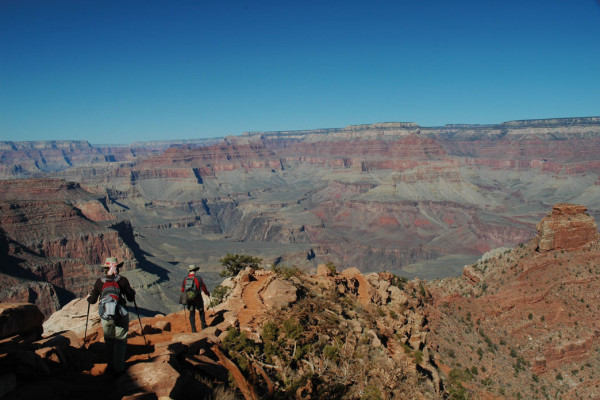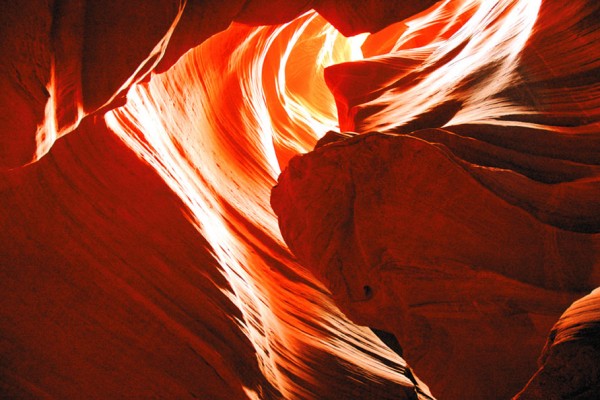Continued (page 2 of 5)
The shop also sells eco-friendly water bottles and travel mugs while the coffee bar in the back serves up organic brew. Eco-Rides has spoken to local tour companies about converting their vehicles from gas to electric, a move that would surely put Sedona on the green map. The shop also looks forward to the end of the road construction on SR 179, right outside its front door. With the addition of bike lanes on the highway, Eco-Rides expects to rent and sell plenty of road bikes. When the road construction is complete, Sedona will have an 18-mile bike loop that’s marked for safety and about as scenic as you can get.
While Eco-Rides does count an electric Jeep Wrangler – with all the standard off-road capabilities you’d expect in a Jeep – in its fleet, the company isn’t renting jeeps just yet. If your idea of adventure includes something a bit more extreme, Sedona Offroad Adventures offers tours in H1 Hummers powered by biodiesel. Owner Marc Balocco owns a 2,000-gallon fuel tank, which he stores at his maintenance yard in West Sedona. The fuel is processed from soy and corn oil. According to the National Biodiesel Board, the exhaust emissions of carbon monoxide from biodiesel are 48 percent lower than those from diesel while particulate matter emissions are about 47 percent lower. In addition to using biodiesel, Marc has been a member of Tread Lightly, a national nonprofit organization that educates outdoor enthusiasts on environmental ethics in order to protect recreation access, since 1996. “You can enjoy the forest without destruction and pollution,” says Marc, a former off-road racer and chef from the south of France. “Saving the environment is important, and this is something nice to offer to tourists. You are seeing the red rocks in an American icon, a vehicle that’s completely made in the [United States] and fueled by the sweat of American farmers.”
Marc’s fleet – 13 H1 biodiesel Hummers, one H2 gas Hummer and a handful of Jeep Wranglers – hasn’t always been powered by biofuel. He opened the company in 1998 and converted the Hummers about four years ago. But Marc believes Hummers are naturally more environmentally friendly on dirt trails than other trucks, something that might be a bit hard to believe when you’re standing next to one of the 5,600-pound beasts. Among his arguments: His Hummers have the capacity to seat 12 passengers, which translates into fewer trips into the forest; the Hummers’ tires have a larger footprint, especially when the tire pressure is lowered for off-road travel, which means they create fewer ruts on the trails and give the vehicle better traction (less spinning). But what about those who argue a Hummer’s width creates wider trails and destroys vegetation? “That’s not true,” Marc states emphatically. “The truck looks wider because it’s flat, but it’s not much wider than the new Jeep Wrangler. We travel on trails [Arizona Public Service] use for power line maintenance, and their dually trucks are wider than a Hummer. Plus we would have never received permits to lead tours in the forest if we didn’t fit on the trails.”



